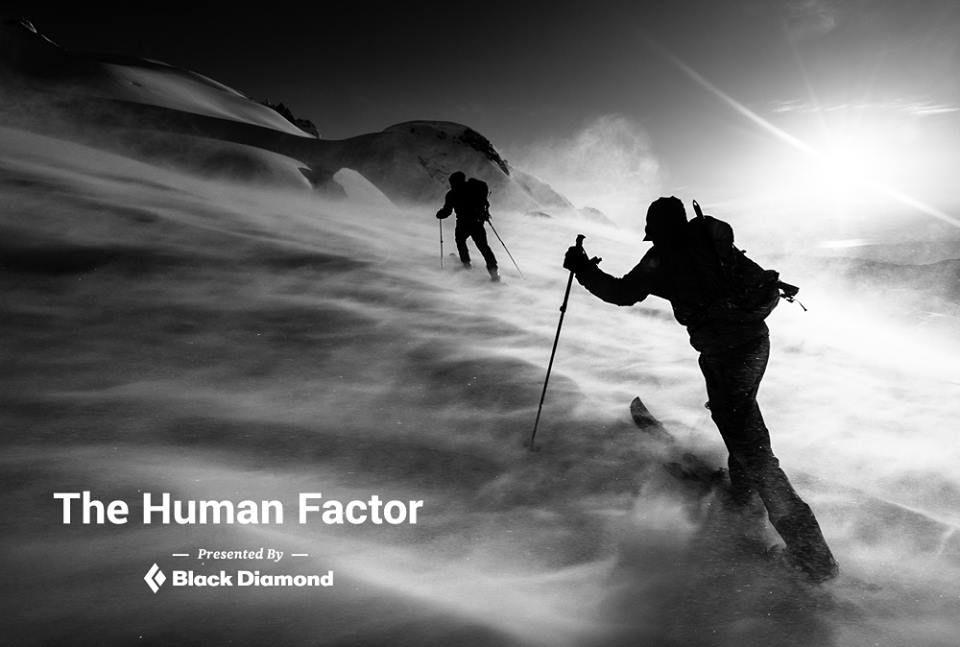News

By Sam Collentine, Meteorologist Posted 9 years ago December 3, 2014
CHAPTER 4: The Human Factor - And Then it Bites

In part-four of Powder Magazine's five-part multimedia series, The Human Factor analyzes the decisions that lead to an avalanche in one of the most accessible backcountry areas in the U.S.
Preview:
It was early December last winter in Little Cottonwood Canyon. 16 to 24 inches of fresh powder was in play at Alta under sunny skies. Professional photographer Adam Clark, along with local pro Kalen Thorien and fellow professional skier Amie Engerbretson, were "on the wave of a perfect powder day". Clark suggested that they head to Grizzly Gulch, a north-facing slope just above the parking lot.
The morning forecast called for extreme avalanche danger on north-facing slopes above 8,000 feet. Clark didn't have his backcountry pack and Thorien was without her beacon.
It's not even a 10-minute hike from the car and Clark had skied it hundreds of times, what could possibly go wrong?
Watch:
A bystander opposite the avalanche face in Grizzly Gulch captured Amie Engerbretson making the turn before the slope fractured.
Listen:
Engineer, avalanche educator, and researcher Ian McCammon asserts that it's more about knowing your weaknesses to avoid catastrophe.
Are we playing Russian Roulette when skiing in the backcountry?
Presenting,
Chapter 4 - And Then it Bites by David Page: http://opsw.co/1I1jPx0
-----
Need to catch up on past chapters?
Chapter 1: http://opsw.co/1pS0dpd
Chapter 2: http://opsw.co/1Hm85om
Chapter 3: http://opsw.co/1wtKnmO
SAM COLLENTINE
About The Author





